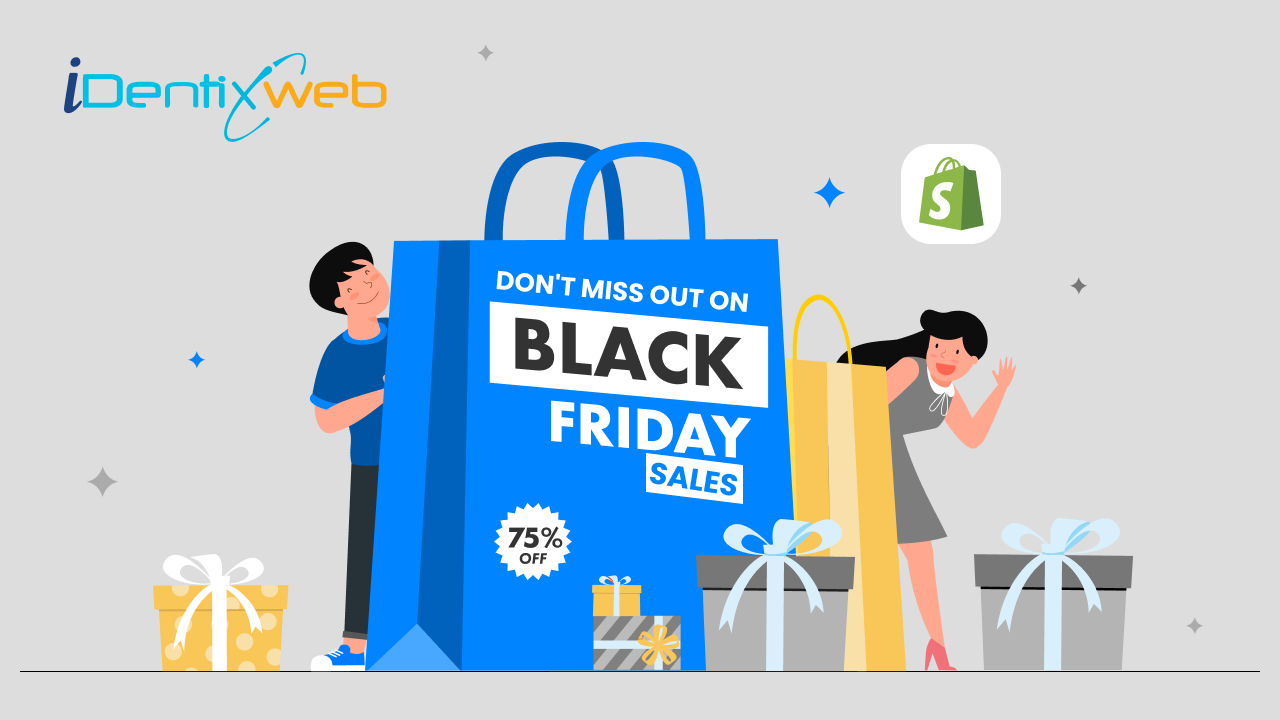
The holiday season is rapidly approaching, and for e-commerce businesses, this means gearing up for one of the year’s biggest shopping events: Black Friday. During Shopify’s Black Friday Cyber Monday (BFCM) event, it’s interesting to note that the average cart price was $100.70, and the total global sales reached an impressive $6.3 billion. As a Shopify store owner, you can capitalize on the Black Friday and Cyber Monday (BFCM) shopping frenzy. Careful planning and preparation are essential to make the most of this lucrative season.
In this comprehensive Shopify BFCM checklist, we’ll guide you through the crucial steps to ensure your store is ready to shine during the Shopify Black Friday Deals. So, grab your digital notepad, charge up your laptop, and dive into the ultimate checklist that will supercharge your Shopify store and help you make the most of Black Friday 2023. Get ready to transform your e-commerce game and experience the thrill of record-breaking sales. Your journey to e-commerce success begins right here!
What is Black Friday?
Black Friday is a popular shopping event that originated in the United States and is now observed in many parts of the world. It occurs on the day after Thanksgiving, which falls on the fourth Thursday of November in the United States. Black Friday marks the unofficial start of the holiday shopping season, particularly for Christmas.
What is Cyber Monday?
Cyber Monday is a shopping holiday that follows Black Friday and occurs on the Monday immediately after Thanksgiving in the United States. It is considered one of the biggest online shopping days of the year.
BFCM 2023 Checklist for Shopify Store Owners
To help you make the most out of BFCM 2023, we’ve compiled a comprehensive checklist covering everything you need to prepare your store for these Shopify black friday deals.
Website optimization
Mobile Responsiveness: Start by making sure that your Shopify store is mobile-responsive. More and more shoppers are using their smartphones and tablets to make purchases, so your website should provide an optimal experience on all devices.
Page Speed Optimization: Slow-loading pages can drive potential customers away. Use tools like Google PageSpeed Insights to identify and fix any speed issues on your website.
User Experience(UX): Conduct thorough usability testing to identify and address any issues with the user experience. Your goal is to make the shopping process as smooth as possible.
Inventory Management: Take stock and ensure it aligns with your BFCM plans. Ensure you have enough stock for your popular products and consider adding new items to your store for the occasion.
Learn more about Shopify Inventory Management
Security: As the traffic to your website surges during BFCM, it becomes a prime target for cyberattacks. Ensure that your website’s security measures are up to date and can handle the increased load.
SEO Optimization: Optimize your product descriptions, meta tags, and keywords to improve your website’s search engine visibility. This will help you attract more organic traffic during the BFCM rush.
Streamline Checkout: Simplify the checkout process to reduce cart abandonment rates. Minimize the number of steps required to complete a purchase and provide multiple payment options.
Payment Options: Make sure your store accepts various payment options, including credit cards, digital wallets, and other popular methods. This flexibility can increase conversion rates.
Shipping and returns: Clearly communicate your shipping deadlines and return policies to customers. Transparency in these areas can build trust and confidence in your brand.
Crafting Effective Marketing Strategies
Email Marketing: Plan and schedule your email marketing campaigns well in advance. Create engaging email content that highlights your BFCM deals and promotions. Personalize your messages to resonate with your audience.
Social Media Promotion: Develop a content calendar for your social media platforms. Create engaging posts and stories that generate excitement around your BFCM offerings. Consider running paid ads on platforms like Facebook and Instagram to expand your reach.
Content Marketing: Publish blog posts, videos, or guides related to your BFCM deals and products. This provides valuable information to your audience and enhances your website’s SEO.
Paid Advertising: Allocate a budget for paid advertising campaigns on platforms like Facebook, Google Ads, and influencer marketing. Target your audience strategically to maximize your return on investment (ROI).
Discount Strategy: Define your discount strategy. Decide whether you’ll offer percentage-based discounts, buy-one-get-one (BOGO) deals, or bundled promotions. Choose the approach that aligns with your products and appeals to your audience.
Abandoned Cart Recovery: Implement automated abandoned cart recovery emails. Many shoppers abandon their carts during the purchase process, and timely emails can help recover some of those potential sales.
Customer Segmentation: Segment your email list to send targeted marketing messages. Tailor your communications to specific groups based on factors like purchase history, browsing behavior, and demographics.
Loyalty Programs: Consider creating loyalty programs or rewards for repeat customers. Offering loyalty discounts or exclusive early access can incentivize repeat business.
Influencer Partnerships: Collaborate with influencers to promote your BFCM deals. Influencers can help you reach a wider audience and lend authenticity to your products.
Ensuring Top-Notch Customer Support
Live Chat Support: Set up live chat support to provide real-time assistance to customers. During BFCM, customers may have questions about products, discounts, or shipping, so offering immediate help can boost sales.
FAQ Updates: Update your Frequently Asked Questions (FAQ) section to address common BFCM-related questions. This can help reduce the volume of customer inquiries.
Post BFCM Analysis and Optimization
Performance Metrics: After the BFCM rush, analyze key metrics such as sales, conversion rates, and website traffic. Identify what worked well and where improvements are needed.
Customer Feedback: Gather and analyze customer feedback from BFCM. Pay attention to both positive and negative comments to refine your strategies and enhance customer satisfaction.
Inventory Assessment: Evaluate your remaining inventory and plan post-BFCM sales or promotions. Clearing out excess stock or planning for end-of-year sales can maximize profitability.
Profitability Analysis: Assess the overall profitability of your BFCM strategies. Did your discounts and promotions lead to increased sales and profit margins? Use this data to fine-tune your approach for the next year.
Conclusion
With this Shopify BFCM checklist in hand, you’re well-equipped to prepare your store for Black Friday and Cyber Monday 2023. Careful planning and execution can make a significant difference in the success of your e-commerce business during this critical shopping season. By optimizing your website, crafting effective marketing strategies, and providing top-notch customer support, you’ll be well on your way to maximizing your sales and making the most of BFCM. Happy selling!



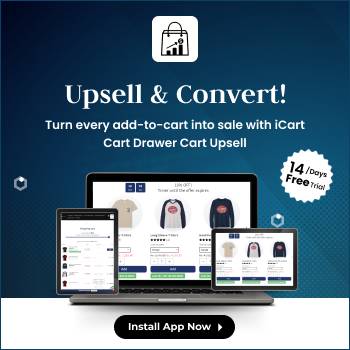
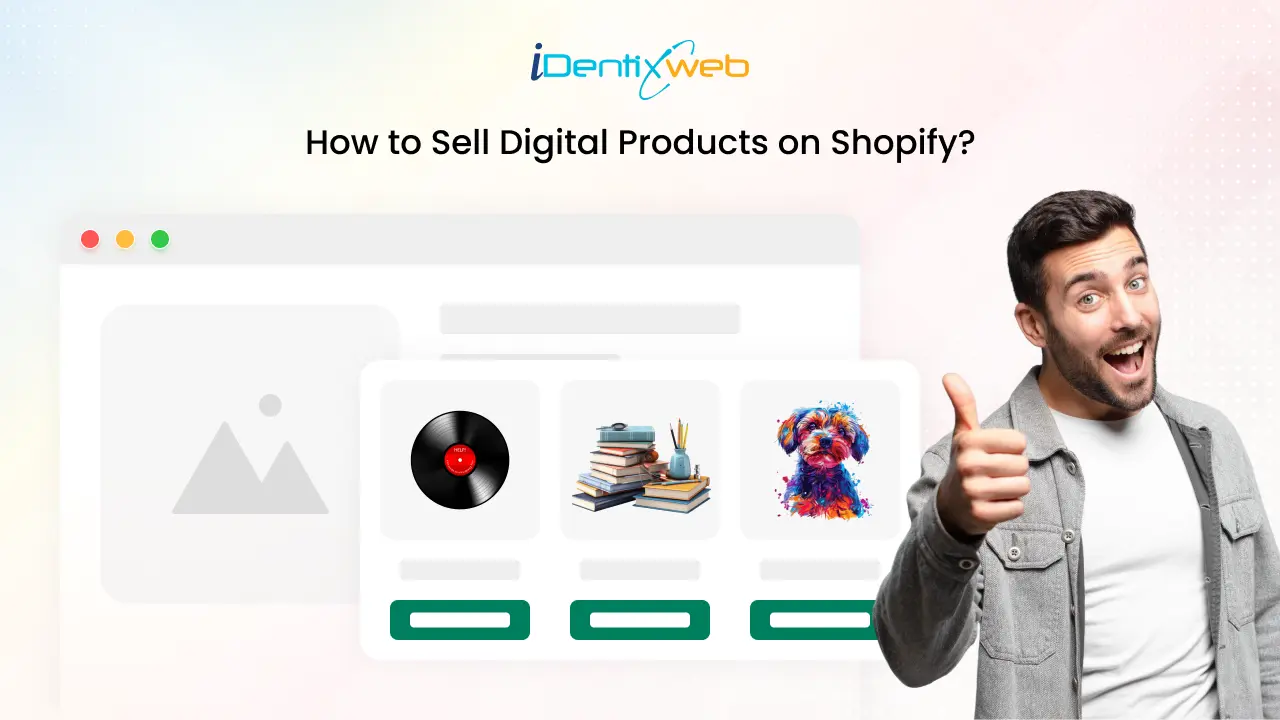
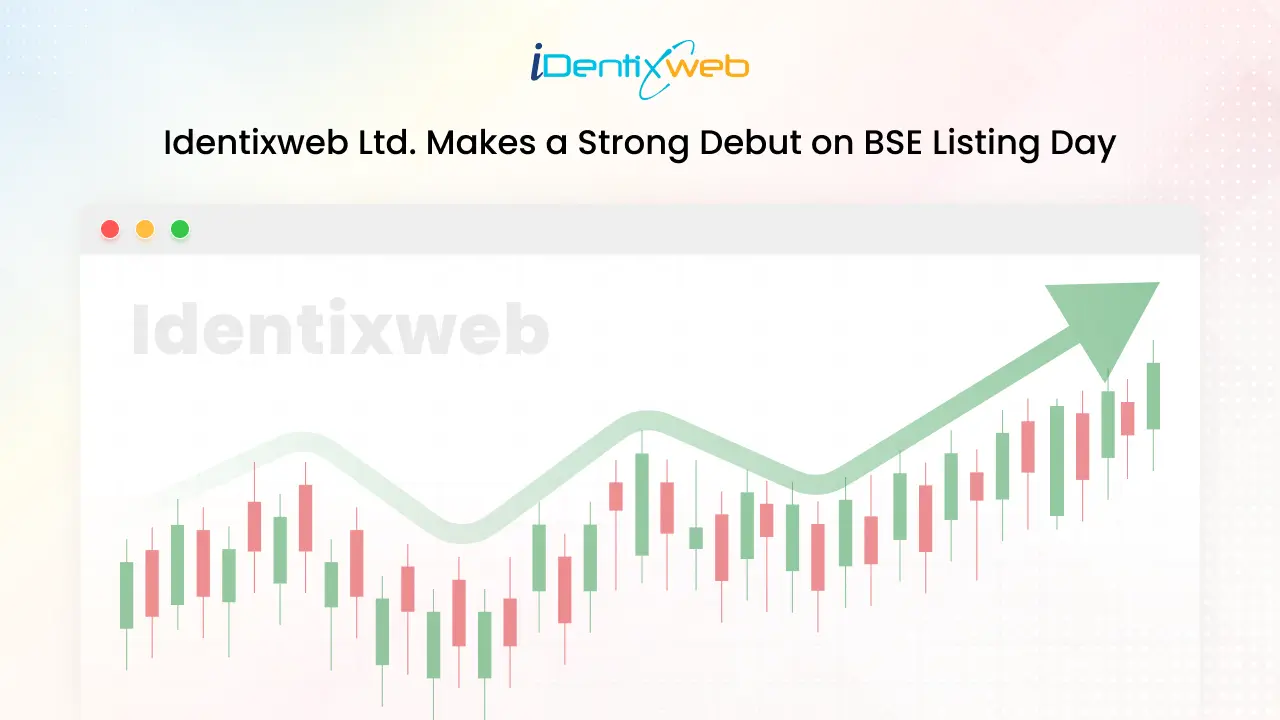

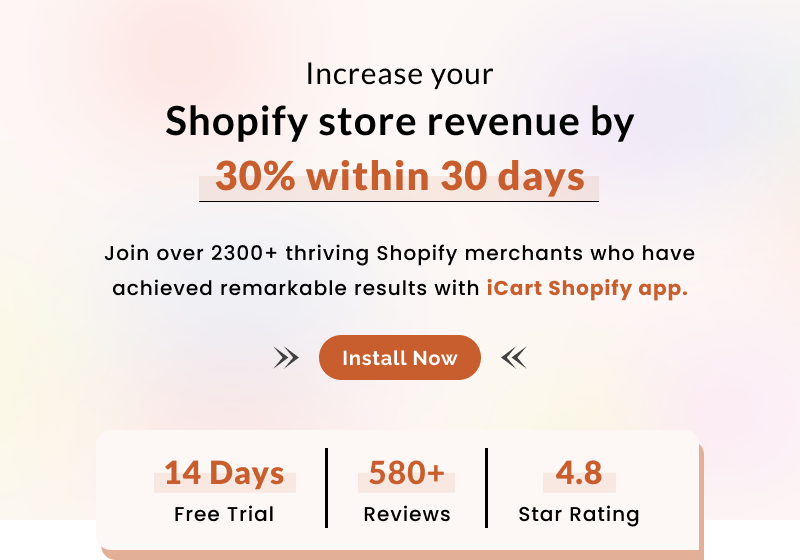
About the author
Sajini Annie John
Meet Sajini, a seasoned technical content writer with a passion for e-commerce and expertise in Shopify. She is committed to helping online businesses to thrive through the power of well-crafted content.